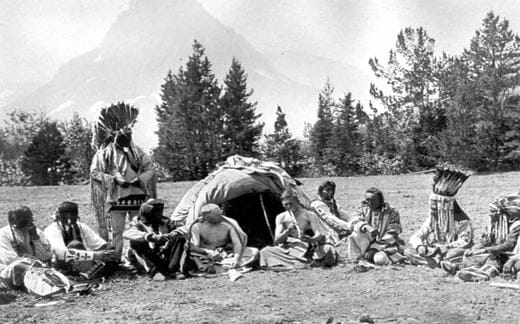
A brief history of smoking
‘To cease smoking is the easiest thing I ever did. I ought to know because I’ve done it a thousand times’. - Mark Twain
With society being more health-conscious than ever (especially with the pending post-pandemic life), we’re pretty clued-up on the detrimental health effects of smoking. Current studies reveal that a solid 70% of smokers are looking to quit, with the known benefits of stubbing that last cigarette out starting to show as shortly as 20 minutes after dropping the habit. The facts favouring quitting are pushing more and more smokers to look into ways they can kick the habit.
However, with tobacco having held its place in society for thousands of years, we are still a little way away from banishing it for good. There is plenty of research showing that nicotine is actually more addictive than hard drugs, which makes smoking a pesky habit to kick out of people’s lives.
But how did it all start?
Well, tobacco cultivation is known to date as far back as 5000 BC, with scientists assuming that the plant was linked to maize-culture in New Mexico. The traditional belief with Native Americans was that the tobacco plant had healing properties, which led to them using it to dress wounds, alleviate pain and even ease the harshness of toothaches. Additionally, tobacco was widely used during religious ceremonies, with some studies revealing that the plant was even believed to protect harvest and bring prosperity. It’s safe to say we’ve come a long way from that…
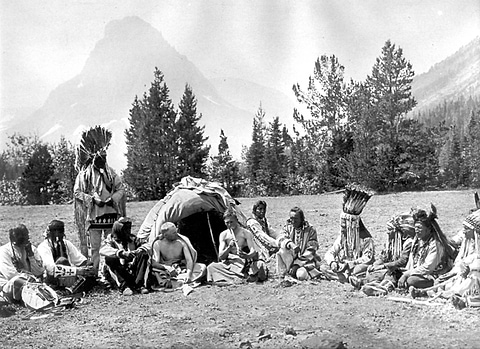
Tobacco started making its way into Europe after being discovered by Cristopher Columbus. His diary entry from October 15th, 1942 stated that he observed ‘an Indian sailing in a canoe with water, food and tobacco leaves’. By the 1500’s, tobacco was traditionally cultivated across Europe and, by the 1600s, it had become widely spread over the continent. Tobacco’s exclusivity and the novelty associated with it led some European cultures to go as far as using it as monetary value. The initial general reaction to tobacco was positive, with people thinking it alleviated hunger, acted as a relaxant and even had the capabilities to cure cancer. Bonkers, right?
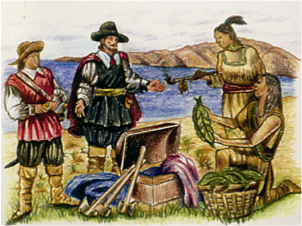
The 17th century marked the beginning of tobacco trade, with the industry becoming more and more strongly rooted by the 1700s. Back then, there were very few people who publicly showed opposition to smoking. A famous anti-tobacco personality was King James I of England, whose ‘Counterblaste to Tobacco’ (published in 1604) famously stated that smoking was a ‘custom loathsome to the eye, hateful to the nose, harmful to the brain, dangerous to the lungs’. Some European countries had slowly started to regulate smoking, with Turkey putting some pretty intense punishment practices in place when it came to public tobacco consumption.
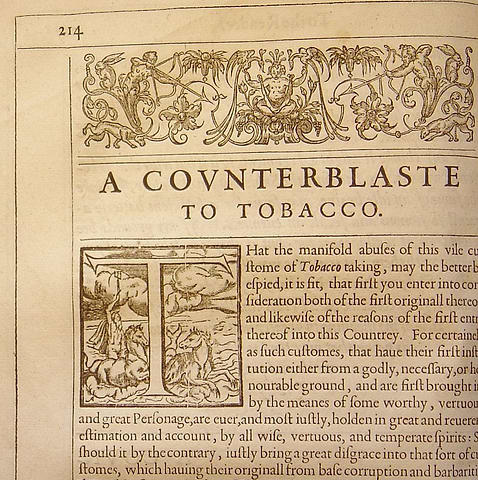
The beginning of mass production
With most countries expressing an increased desire for the consumption of tobacco, the 1880s saw a spike in cigarette production, with the first-ever rolling machine patented in the US by James Bonsack.
The machine was then put into use by American industrialist James Buchanan Duke, who founded the American Tobacco Company in 1890. Duke’s aggressive marketing and advertising led to a spike in inexpensive, mass-produced cigarettes, which put an end to pipe-smoking and tobacco chewing across the US.
Meanwhile, the United Kingdom was working its way to dominating the tobacco scene. In 1902, the US and UK joined forces, which is how British American Tobacco was born, marketing their products worldwide. By 1999, BAT was producing more than 800 billion cigarettes on a yearly basis.
The main tobacco consumers were teenage boys, with the products’ appeal laying somewhere in between savvy business strategies, relative inexpensiveness and ease of consumption. This led to an initial public anti-tobacco outcry in France, Australia, Canada and the United States. WWI’s policies regarding tobacco smoking defeated the critiques, with governments organising a constant supply of cigarettes for the troops.
The smoky ‘20s
The beginning of the 20th century is known as ‘the golden age of cigarettes’, with studies showing that, in countries like the United Kingdom, as much as 80% of men were regular smokers. Smoking cigarettes was becoming popular across all social classes, with many women starting to pick up the habit due to its accessibility. The development of deviant sexuality in the 1920’s led companies like Marlboro to strategically market smoking to women, with ‘Mild as May’ being one of the main campaigns for gender-specific advertising. The overall messaging was solely targeted to women, with the slogan ‘Ivory tips to protect the lips’ plastered across all packaging to instigate the elegance which was once associated with smoking.
In the US, smoking had become heavily glamorized and associated with Hollywood, with screens transporting the habit to the rest of the world. The image of cigarettes was raised by celebrities such as Edward G. Robinson, James Cagney, Spencer Tracy and Gary Cooper.
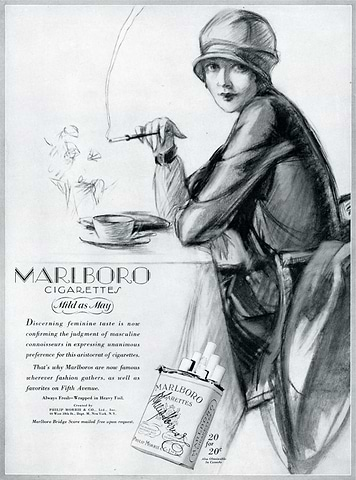
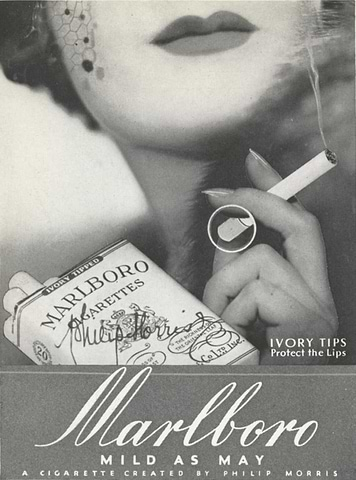
The anti-smoking movement
The anti-smoking movement had started to become prevalent in the later half of the 20th century, with reports by the Royal College of Physicians and the US Surgeon General revealing the deleterious health effects of the habit. The increase in the general understanding of the public led to a decrease in smokers, with the US average going down to 33% of adult smokers by 1978. Contradictory, whilst the number of smokers was decreasing, the average amount of cigarettes consumed by the regular smoker raised from 22 cigarettes a day to 30 cigarettes a day.
Proactive steps to promote a general decline in smoking were taken towards the end of the 20th century and throughout the beginning of the 21st century. In 2004, Ireland became the first country to banish smoking in the workplace, and a wider marginalisation of the habit had started to gradually be implemented in health-conscious cultures.



























